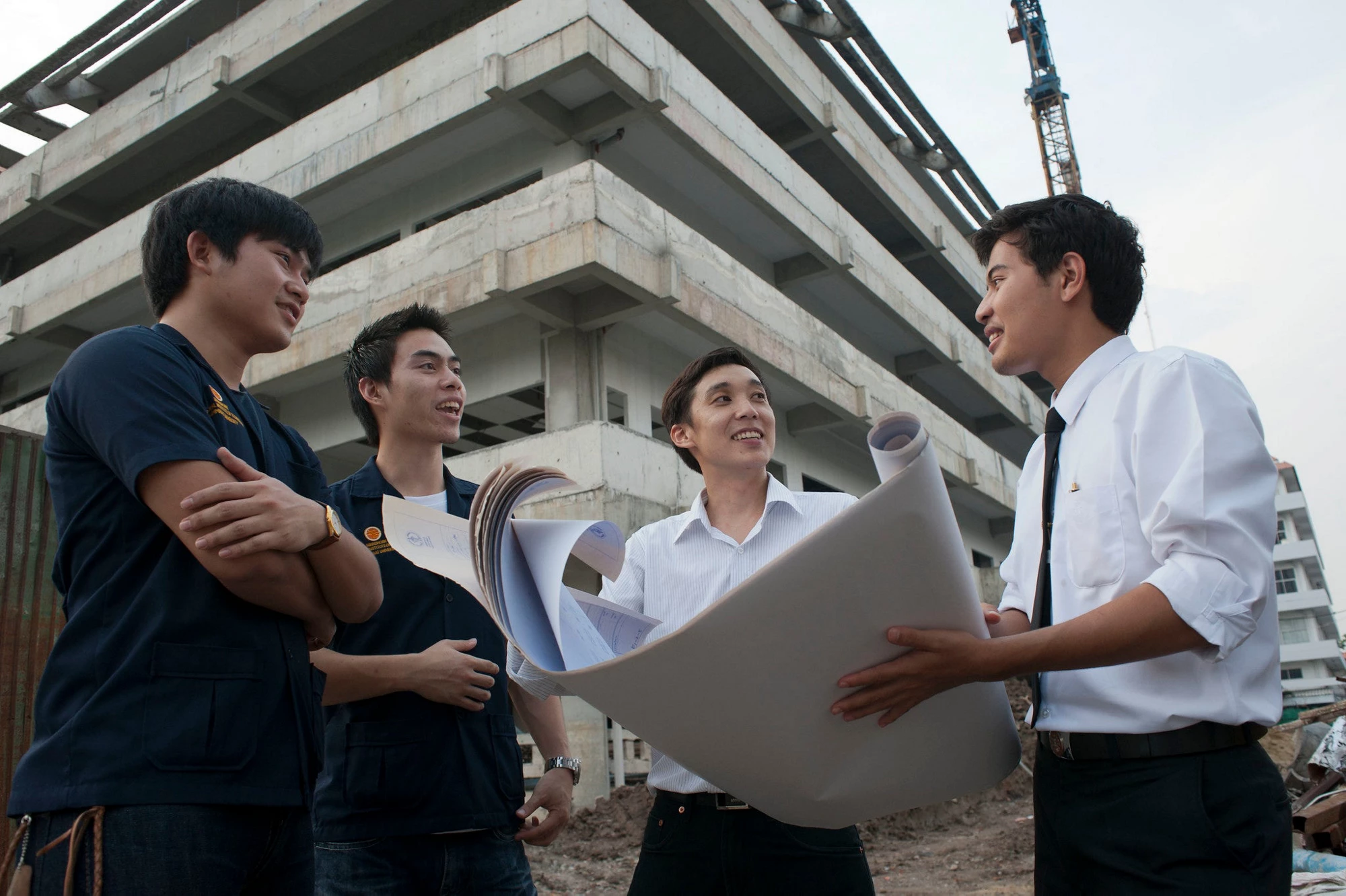 Thammasat University students and teachers
Thammasat University students and teachers
The 2019 Economic and Social Survey of Asia and the Pacific by UNESCAP: Ambitions beyond growth reveals that achieving the Sustainable Development Goals by 2030 requires an additional annual investment of $1.5 trillion for Asia-Pacific developing countries—equivalent to 5 percent of their combined GDP in 2018. While this seems unfathomable, it means we need a concerted effort driven by an assessment of fiscal space and leveraging the private sector. I want to emphasize this point: the journey towards sustainable development is affordable, if countries work together.
In fact, raising financing for infrastructure should not be complicated. I encourage you to ask yourself four questions and I offer some of my reflections:
First, is the answer always new money?
A life-cycle approach is vital. Focusing on new construction and not enough on maintaining existing infrastructure is not sustainable. Moreover, according to McKinsey Global Institute, 20 percent of infrastructure inefficiency relates to project planning and identification. For instance, in the case of Latin America, studies show that better planning could generate annual savings around 2.2 percent of annual infrastructure investment, or 0.05 percent of regional GDP.
The public sector needs to think smart, not more. “Smart” means working efficiently with what governments have. With a fixed pot of money, what can they do? Difficult issues arise, such as whether to finance commercially suitable projects using public funds and how to facilitate private sector participation.
Leveraging technology yields significant savings. Countries should re-think how they plan, deliver, and operate infrastructure systems and networks as they embrace technology. For instance, rather than focusing on capital efficiency of individual projects, a program could encourage government departments and industry leaders to take a higher-level, portfolio view of projects, prioritizing the whole life of the asset as well as the performance of the entire system.
Second, can governments speed up preparation of projects?
Target ‘hard’ and ‘soft’ infrastructure together for maximum impact. The impact of physical infrastructure without supportive regulatory frameworks—or soft infrastructure upgrades without underlying physical facilities—is likely to be limited. These linkages are even stronger in multi-sectoral projects that are becoming increasingly common, like smart urbanization, intelligent transport systems, or total asset management of the water cycle. Most commonly, ‘hard’ infrastructure includes railways, power transmission lines, telecommunication cables, treatment plants, and water pipes. ‘Soft’ infrastructure includes intergovernmental institutions, policies, regulations, knowledge, and capacity that facilitate the development and utilization of physical infrastructure.
Building consensus for equal distribution of benefits helps ensure successful implementation. Well-designed infrastructure should benefit populations of all concerned jurisdictions (including transit areas, especially in cross-border projects) and elevate livelihoods of the affected local communities.
Independent institutions and standardized frameworks can quicken project preparation. For more efficient project preparation and implementation, designated bodies that govern outside of national governments should be created as regulatory and guiding vehicles. Most regions are seeing a steep rise in cross-border projects for which designated regional institutions become even more relevant. For example, in Central America, SIEPAC (Central American Electrical Interconnection System) has established two independent regional institutions to undertake the regional power projects: Regional Operating Agency (EOR) and the Regional Regulatory Commission (CRIE).
Third, can private money really play for returns in a public good?
We can change government’s strategy by demanding purpose maximization instead of profit maximization. Regulations and bidding arrangements can be changed to seek the private sector’s support to capitalize on impact investments. Bring in stakeholders to understand the purpose, not just for today—but for the future.
However, impact investment standards are non-standard. In 1970, Pax Global Funds created an ethical fund that allowed investments in a bundle of sustainable businesses. Yet, the selection process was vague and not very transparent. After socially responsible investing—which excludes securities involved in alcohol, tobacco, weapons, and gambling—failed to show persistent returns, the idea of ESG investing that accounts environmental, social, and corporate governance factors began to popularize. Impact investing often made in private equity or debt markets with the dual objective of generating positive societal and/or environmental impact and a level of financial return has advanced recently, but this area is still clearly evolving.
Fourth, can local capital markets rise up to fill the financing gap?
Infrastructure bonds must play a larger role. Neither governments, multilateral development banks, nor the banking sector alone can provide financing in the quantum needed, making bond markets – both local and international – crucial. Bond markets ensure an efficient and effective distribution of scarce financial resources for optimal benefit to the economy. For investors and savers, they offer attractive investing opportunities, portfolio diversification, and risk management. Private money may not come directly to the projects, but governments can channel investors through capital markets into projects.
However, a pre-requisite to infrastructure bond market is the presence of mature sovereign and corporate bond markets. Most developing countries in Asia are struggling to establish the first two with a stable long-term yield curve. Several have made significant progress in creating local currency bond market ecosystems, albeit with varying levels of development. While the markets of Hong Kong, Korea, Malaysia, and Singapore are at the forefront, markets in China, India, Indonesia, and Thailand are restricted by the lack of depth and liquidity. Markets in most other countries are still nascent. The issues to be addressed differ widely, but some common objectives may be identified for improvement of market and product acceptability, such as market regulation.
Let’s question the ‘business as usual’ mindset of infrastructure financing for maximum profitability and remember that, without purpose, financing is ineffective.
This blog was adapted from one that was originally published by the Global Infrastructure Hub here.
Related Posts
What’s next for ESG and investment decisions?
Sound regulation for infrastructure and PPPs: Music for the heart and Seoul
A worldwide effort to improve PPP practice
Predicting success for infrastructure in emerging markets: Moving from art to science


Join the Conversation